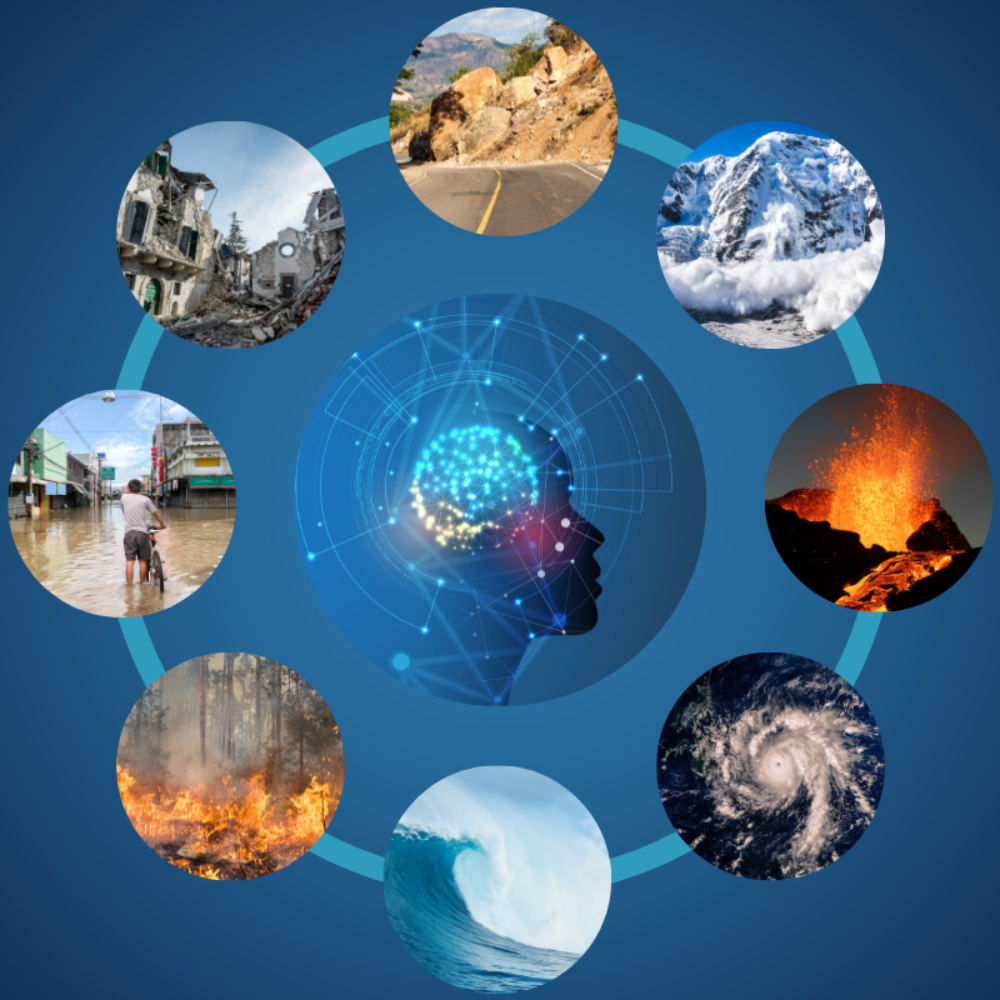
AI’s Evolving Role in Predicting and Mitigating Natural DisastersAI’s Evolving Role in Predicting and Mitigating Natural Disasters Natural disasters, such as hurricanes, earthquakes, and wildfires, pose significant threats to human life and infrastructure. Advancements in artificial intelligence (AI) offer promising solutions for enhancing disaster prediction and mitigation capabilities. Predictive Analytics: * Early Warning Systems: AI algorithms analyze vast amounts of data, such as weather patterns, seismic activity, and hydrological conditions, to identify early signs of potential disasters. This enables real-time alerts, providing ample time for evacuations and response preparations. * Risk Assessment and Vulnerability Mapping: AI techniques can identify areas and populations most susceptible to specific disasters. By combining data on historical events, environmental factors, and socio-economic conditions, AI models can generate detailed vulnerability maps, guiding preemptive measures. Mitigating Damage: * Infrastructure Resilience: AI systems can monitor bridges, buildings, and other essential infrastructure in real-time, detecting structural weaknesses and potential failure points. This information can be used to strengthen structures, retrofit them with disaster-resistant materials, and design new infrastructure that is inherently more resilient. * Disaster Response Planning: AI algorithms analyze post-disaster data, such as damage reports and satellite imagery, to identify the most affected areas and prioritize response efforts. By correlating damage data with infrastructure, population density, and other factors, AI can help optimize resource allocation and ensure efficient relief operations. * Hazard Mitigation: AI-powered simulations can model potential disaster scenarios, evaluating the impact of different mitigation measures and identifying the most effective strategies. By optimizing land use planning, building codes, and disaster preparedness programs, AI can help reduce the likelihood of severe damage during future events. Challenges and Future Directions: While AI has immense potential in disaster prediction and mitigation, it also faces challenges: * Data Availability and Quality: AI algorithms require large, high-quality datasets to train effectively. Ensuring data availability and accuracy is crucial for reliable predictions. * Bias and Uncertainty: AI models are susceptible to bias from the data they are trained on. It is essential to address biases and quantify model uncertainties to avoid misinterpretation of results. * Human-AI Collaboration: AI should augment human decision-making rather than replace it. Effective collaboration between AI systems and disaster management experts is vital for optimal outcomes. As AI technology continues to advance, its role in natural disaster prediction and mitigation will become even more significant. By leveraging AI’s predictive and analytical capabilities, we can enhance our ability to prepare for and respond to these devastating events, protecting human lives and infrastructure, and building more resilient communities.
Posted inNews